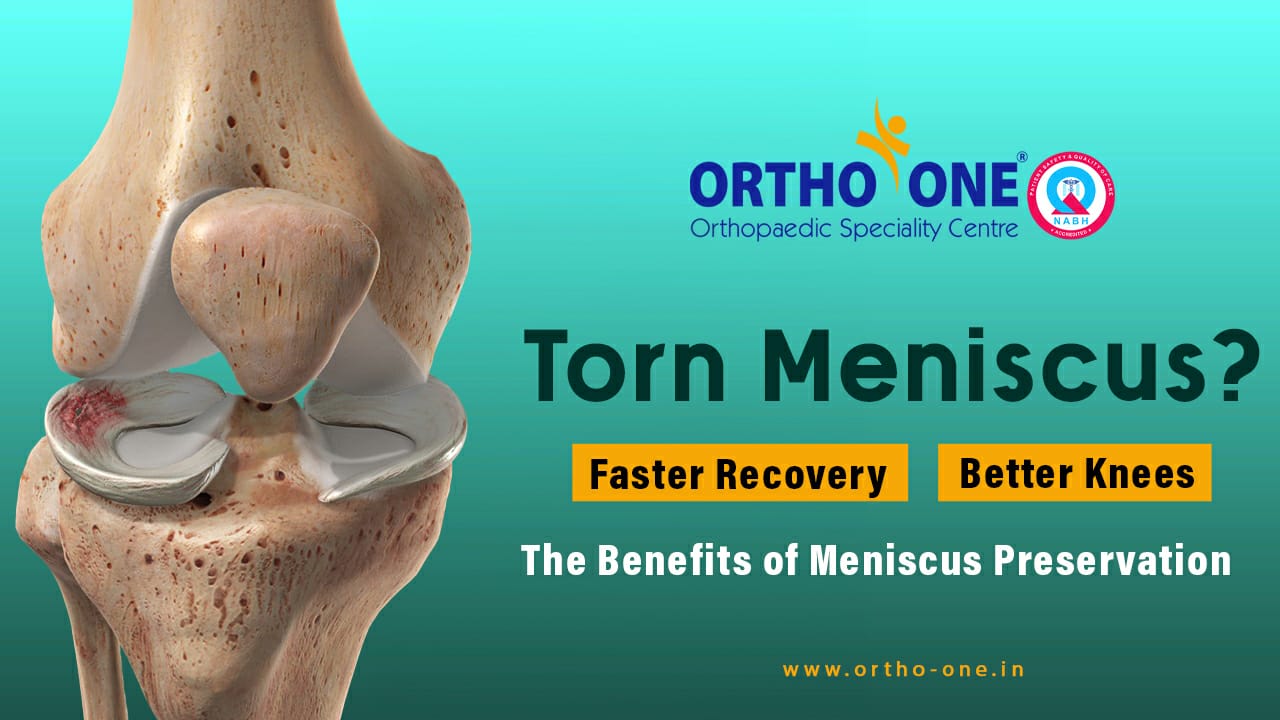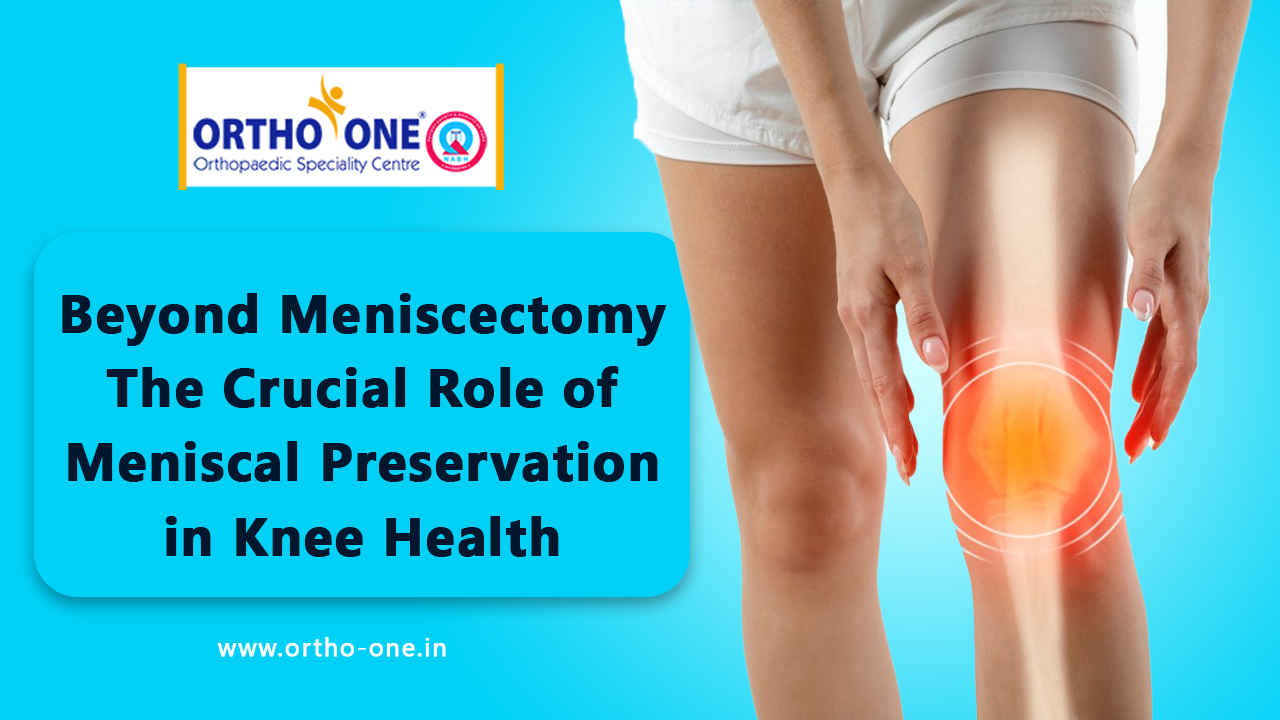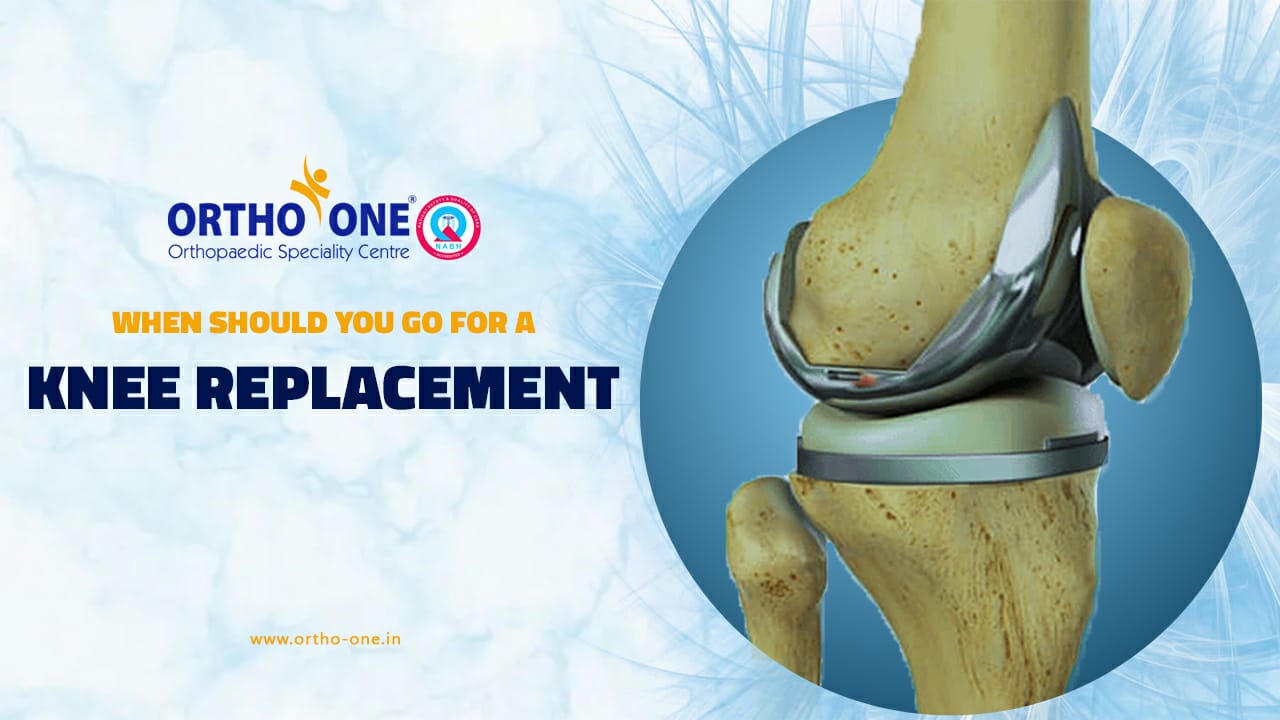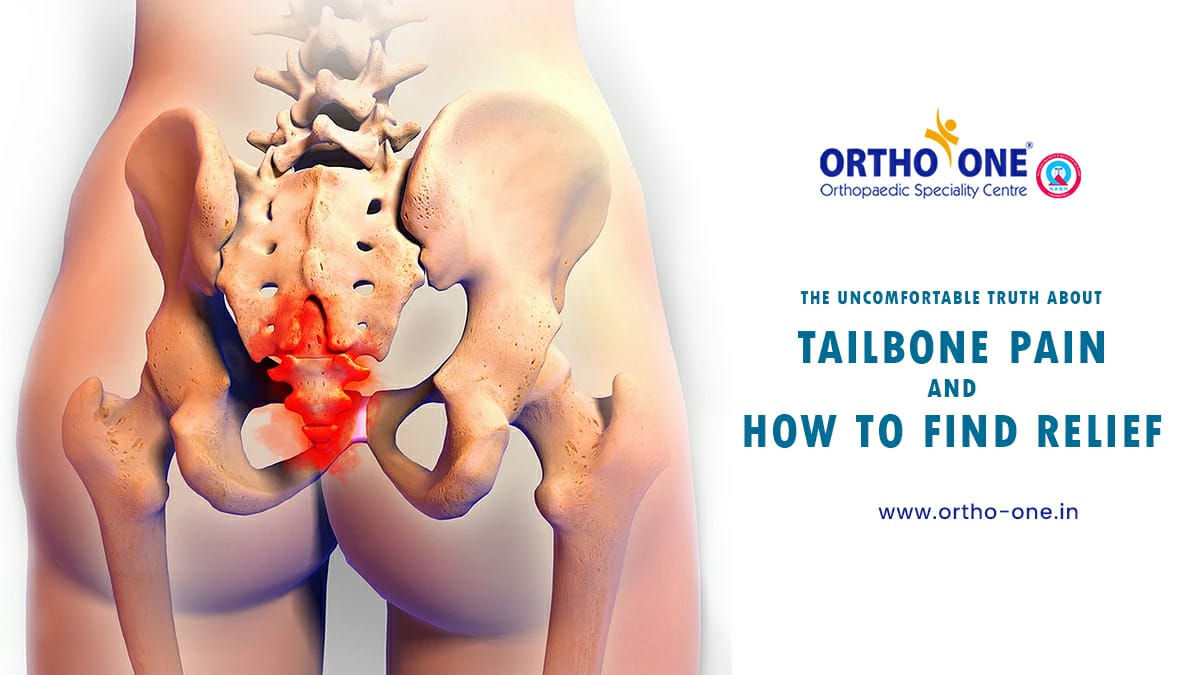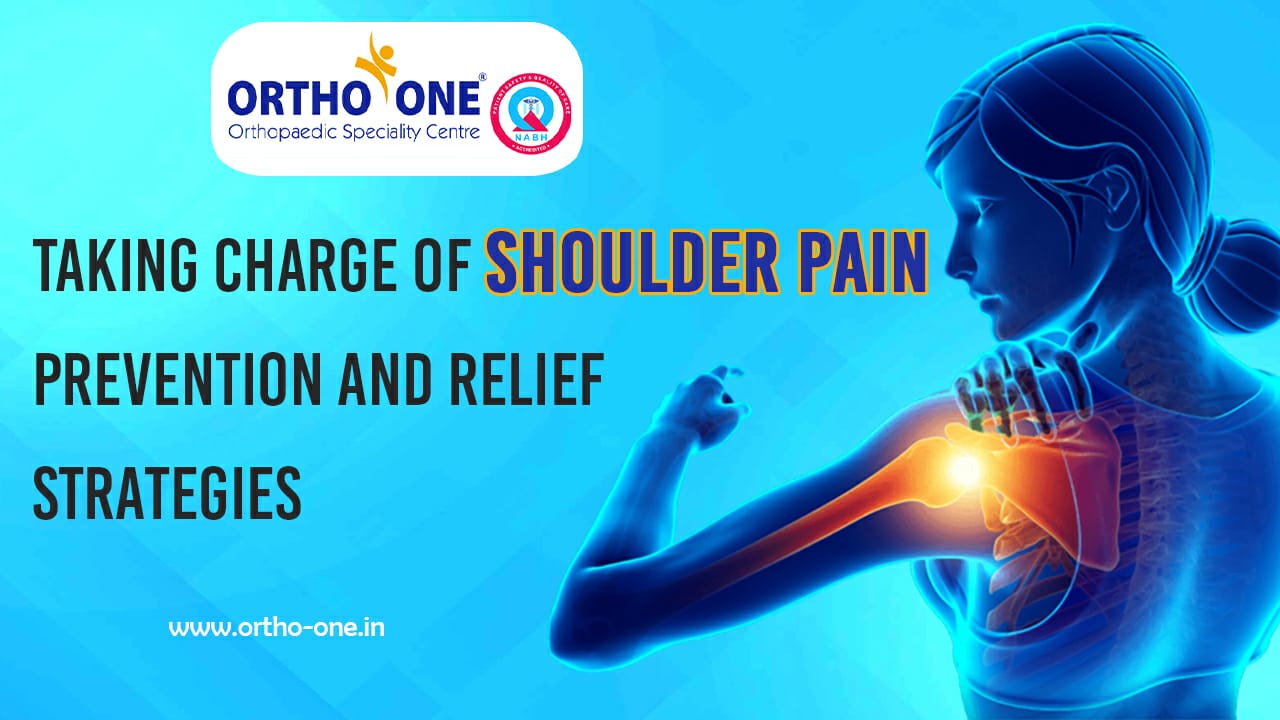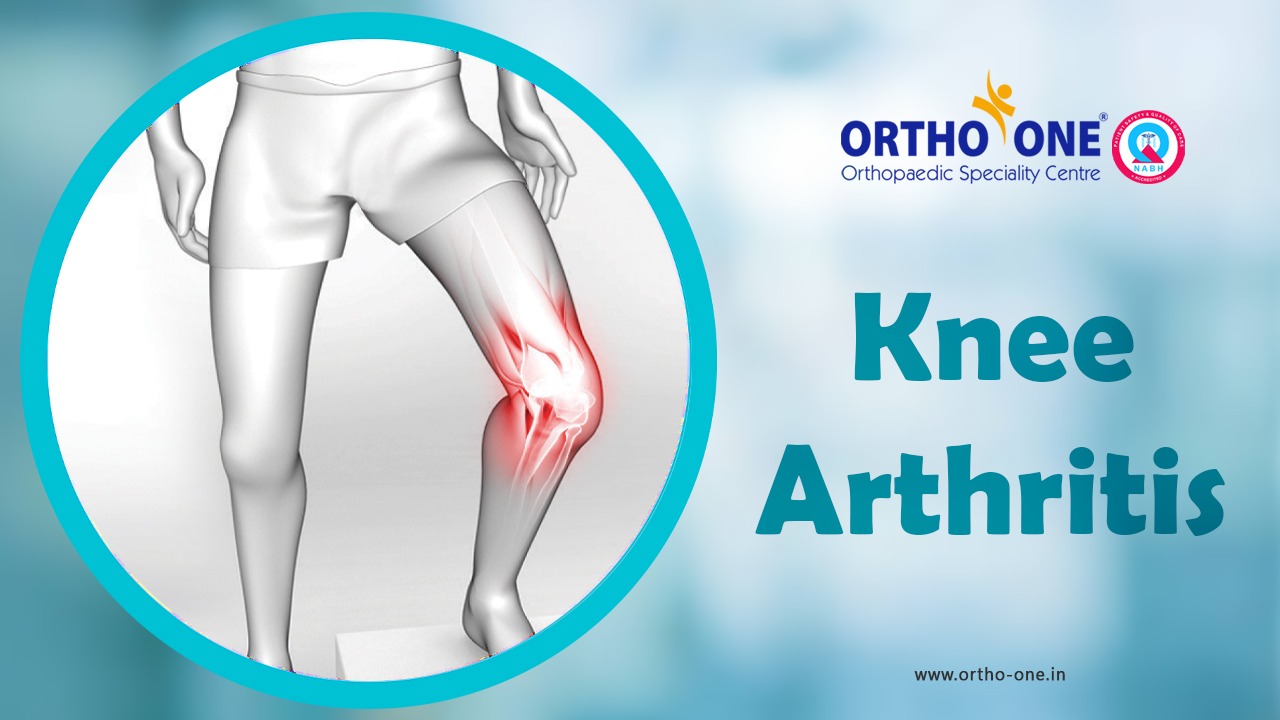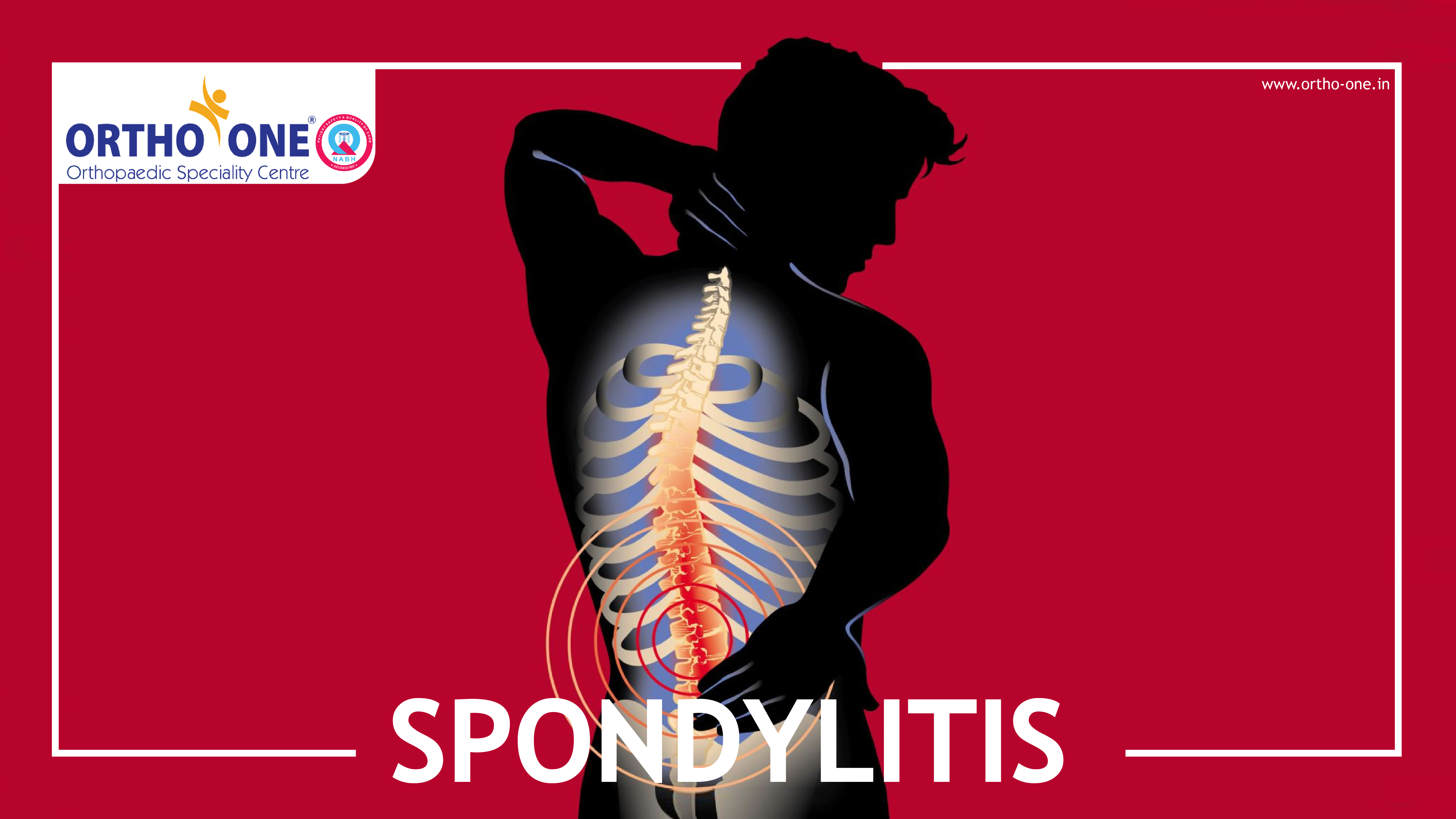Sports Summer Camp: An Advisory for Safe Fun
by Dr. David V Rajan, Founder, Ortho-One – orthopaedic speciality centre, Coimbatore

The annual exams are finally over, and it is time for children to unwind and have some fun!
What better way to kick off the summer than by joining a Summer Sports Camp. It offers children a fantastic opportunity to learn a new sport or develop their skills in a familiar one. Such activities provide a combined blend of fun, adventure, learning, training, and play. Participating in outdoor games requires caution and awareness to minimize the risk of injuries. Parents and camp organisers need to prioritise safety and take preventive measures to ensure that children enjoy their summer camps without injury through using proper technique and equipment.
Before joining the camp

Parents should see that their child is healthy and physically fit for joining a sports camp through a physical check-up that can identify a child’s underlying health issues or physical limitations to ensure an appropriate choice of sport. Common injuries during the camp activities Children are naturally active and energetic during summer camps, often resulting in injuries such as sprains, muscle strains, joint dislocations, and fractures. Some high-intensity sports, including football and volleyball, can lead to ankle or knee injuries, while other high-impact sports can result in falls or fractures. Recognising these risks is the first step toward the prevention of physical injuries. Injury prevention measures Before joining camps, students should prepare their muscles and joints with proper warm- Ups and stretching to reduce the risk of strains and sprains. During summer, dehydration is a common risk due to the hot and humid atmosphere. Such conditions can lead to muscle cramps and fatigue, which increases the risk of injury. As a mitigative effort, children should be encouraged to drink plenty of water before, during, and after physical activities. Major injuries that students face during summer camp include (a) Acute Injuries and (b) Overuse Injuries. By taking preventive measures, students can safeguard themselves from injuries.
Acute Injuries

Acute Injuries include ankle sprains, which cause ligament damage and instability, and knee ligament sprains, resulting from twisting, bending, or landing incorrectly without proper balance. There are possibilities of traumatic head injuries causing brain damage, probably with long-term effects.
Overuse Injuries
During days of prolonged sporting activity and without adequate rest, children could face overuse injuries like stress fractures, tendonitis, or growth plate injuries due to repetitive stress on muscles, joints, or bones.
What to Do in Case of an Injury

In case a child suffers acute injuries such as sprains, fractures or dislocations, they should immediately stop the activity, be given first-aid care and have the RICE (Rest, Ice, Compression Elevation) method applied which includes resting the child to prevent further damage and allow healing, applying ice to reduce swelling and pain, using an elastic bandage and compressing the injured area providing support and minimise swelling and elevate or raise the injured limb above heart level to reduce swelling and improve blood flow.
When the child faces overuse injuries such as tendonitis or stress fractures, they should be rested, avoiding further activities, and consult a healthcare professional for proper diagnosis and treatment. Children should follow proper warm-ups, hydration, and balanced training schedules.
Dos and Don’ts for Summer Sports Camp Participants
To stay safe and perform your best at camp, drink plenty of water, change into fresh clothes after games, and always warm up and stretch to prevent injuries. Refrain from harmful practices such as applying heat to injuries, consuming alcohol, or wearing sweat-soaked clothes, which can cause infections. Build up your body with proper exercises but never ignore pain—listen to your coach and prioritize recovery. Children should be carefully monitored during the summer sports camps. Parents and camp organisers should always be well prepared for emergencies. By following preventive measures and taking caution while practising, we can ensure a safe and pleasant experience and make this summer truly unforgettable for every child.

